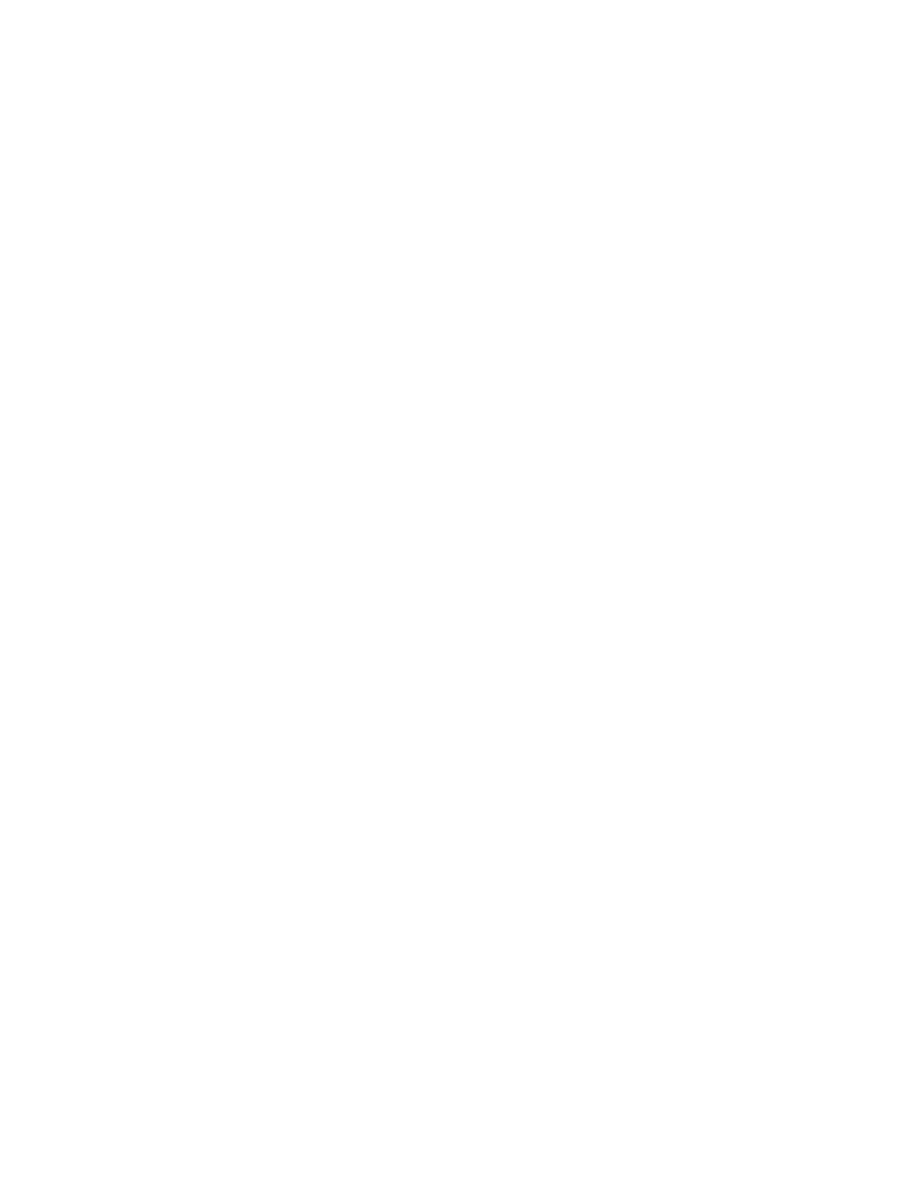
DOFMaster
for Windows
On-line
Depth of Field
Calculator
DOFMaster for Mobile Devices
On-line
Depth of Field
Table
Hyperfocal
Distance Chart
Articles
FAQ
Recommended
Books
Support
Contact
Links
Home
for Windows
On-line
Depth of Field
Calculator
DOFMaster for Mobile Devices
On-line
Depth of Field
Table
Hyperfocal
Distance Chart
Articles
FAQ
Recommended
Books
Support
Contact
Links
Home
As an Amazon Associate I earn from qualifying purchases.
![]()
and happiness. Because of tightly controlled and
standardized processing of color negatives, contrast is
not a major variable in color printing. There are several
color papers manufactured that provide higher than
normal contrast. Generally, these high contrast papers
are used for illustrative purposes and not normal
pictorial photography. Consult the Photo-Lab-Index for
more information on color papers.
matter of the negative should be typical of the printing
considering the density and color balance of a test print,
think in terms of the three dye layers and their individual
exposures. When the paper is exposed through the color
negative, the cyan, magenta, and yellow dye images
control the amounts of red, green, and blue light that
reach the emulsion layers of the paper. Increasing the
exposure of the emulsion layers of the paper increases
the dye density of that layer and vice versa.
lens (base side up). The base side is facing you when
you can read the manufacturer's lettering on the edges
of the film. You must be sure that no stray light escapes
from around the edges of the negative. Masks of black
paper or black masking tape in the negative carrier
prevent stray light from fogging the paper.
the color paper produce negative images. The more red
light the paper receives, the more cyan dye produced.
The more green light the paper receives, the more
magenta dye is produced in the green sensitive layer.
The more blue light the paper receives, the more yellow
dyes created in the paper.
black and white; however, when possible, remove the
filter pack and compose and focus under white light. By
removing the filter pack, you can project a brighter
image on the easel, making composing and focusing
easier.
light source color balances a print from properly
exposed negatives. Because of the variations in the color
temperature of light sources (both picture taking and
printer), processing, and light-sensitive emulsions, the
required combination of filters can change from
negative to negative. You must evaluate the test print in
terms of density and color balance and determine which
filter combination and exposure time accurately
represents the original scene.
basically the same as black-and-white printing. The
major difference is that custom color printing on an
enlarger must be carried out in complete darkness.
for a properly exposed print. You should start with a
basic filter pack that has already been established in your
imaging facility, or consult the data sheet packaged with
the color printing paper or use the Photo-Lab-Index as
a reference to arrive at a starting exposure time and filter
pack
balance. Several ways are used to judge test prints.
Before test prints are viewed, however, there are some
lighting factors to be considered.
print. Ideally, the light in the evaluation area should be
the same color quality and intensity as the light under
which the final print is to be viewed. From a practical
standpoint, some average conditions are used.
color temperature, and color rendering index. The
intensity of the light source influences the amount of
detail that can be seen in a print. For good viewing, a
light source should provide an illuminance of 1400 lux
Basic Photography Course

As an Amazon Associate I earn from qualifying purchases.
WWW.DOFMASTER.COM
© 2006 Don Fleming. All rights reserved.
© 2006 Don Fleming. All rights reserved.